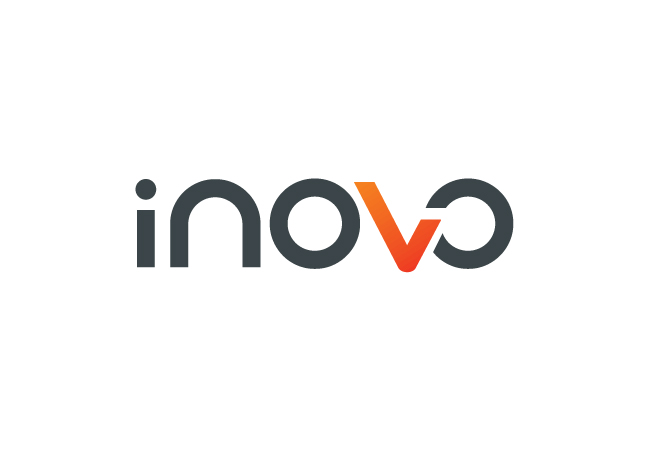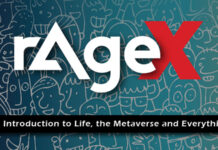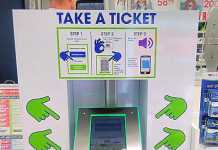[Thought Leadership]
To engage with millennials brands must weave seamless experiences across digital platforms and multiple channels.
The results of the PwC 2019 Global Consumer Insights Survey were hardly surprising. Customers in South Africa used social media to hear about current events (33%) and used social media to determine where they would shop and what they would buy (46.5%). South African consumers are influenced by peer reviews, positive social media reviews and use digital channels to engage with business, banking and brands (63.2%). For the company that wants to capture market share and engage with the customer, these statistics highlight the need for a brand strategy that recognises the purchasing power of the millennial generation and that adapts to their evolving needs and lifestyles.
“Millennials want simplicity and authenticity when it comes to brand interaction and engagement,” says Pieter De Villiers, Pre-Sales Engineer, Inovo. “They are the generation that will do their banking on their mobile device while they wait in the queue for their lunch. They want to use their mobile devices to manage their lives, contact their friends, and catch up on Netflix and they want every one of these moments to be seamless and simple.”
The essence of the millennial customer experience lies in the brand’s ability to make interactions obvious and authentic. The older generation, the so-called Boomer, may want the personal touch and for the butcher to know their name, but the millennial wants brands to understand their preferences and to use their data to create customised experiences. Most millennials are comfortable with brands holding onto their data but the caveat is that this data must be used to curate experiences and recommendations and seamless engagement pathways.
“Millennials have grown up with technology and, in South Africa we spend almost 2 hours more time online than the global average,” says De Villiers. “They use various online platforms to interact with businesses and people every day, constantly checking social media and using their devices to manage their lives. Since the majority of this generation has access to a smartphone, it makes sense to provide them with the opportunity to engage with businesses in a way that suits their habits and lifestyle. As a result, there’s little point in developing a gorgeous website if it won’t work on mobile.”
Businesses should be looking at the different channels they can use to engage with the millennial. There are multiple options available today, far more than the phone or email of the past. Now, the customer can engage across WhatsApp, Facebook Messenger, email, phone and website. This omni-channel is a powerful roadmap to millennial engagement, but it comes with some conditions.
“Companies need to use the channels that are relevant to their business and they have to ensure that any channel they implement is done properly,” says De Villiers. “You can have WhatsApp – it offers an incredibly tactile and engaging platform for the customer and is far more time-efficient than a call centre – but it has to be done properly. The communications that you implement have to be consistent across every single channel. Customers want cohesive and seamless, not complex and convoluted.”
The customer that makes a call on one day and then opts into WhatsApp the next wants to hear the person say, “Oh, I see you’ve contacted us about this before. Has the original issue been resolved?”. They don’t want to have to explain the entire problem all over again. If the business has proper working communications across multiple agents and channels then the customer experience will be seamless and engaging.
“Tyme Bank onboarded one million people in eight months and this came down to how easy it was for customers to sign up,” adds De Villiers. “This generation of customers isn’t as brand loyal as previous generations. They want simplicity and ease of use so if one bank gives average service, they’ll just move to another one. Capture the millennial’s mind with smart communications, seamless omni-channel engagement and accessible services and solutions.”
Brands are constantly shouting to be heard. The market is busy and loud and mercurial. To thrive in an era of shifting customer loyalties, brands need to use the right technology to adapt to these changing market needs. They need the agility and flexibility that technology can bring into the business and brand communications. Without it, they will struggle to capture the attention of the millennial, much less their interest or their loyalty.
“Be vigilant as to what people really want, use the data and the insights to understand what the millennial really needs, and use technology to streamline how you engage with them,” concludes De Villiers. “Build trusted channels that are authentic and accessible as these are what will elevate your brand and its millennial customer experiences.”
About Pieter De Villiers
Pieter de Villiers completed his Bachelors in Industrial Engineering at Stellenbosch University and continued his studies with a Master’s degree in Development and Management Engineering, specialising in business process re-engineering. He is currently working as a pre-sales engineer for contact centre solutions provider INOVO and has since played a role in the development of the company’s self-service and chat solution offerings. He is an early adopter of new technology and has a passion for the multiple ways in which technology simplifies and optimises every day processes.
About INOVO
INOVO offers contact centres a flexible way to service, sell to, or collect from customers across any channel – all with a view to transforming the customer experience, saving costs and driving efficiency and profitability. Through a collaborative approach, the company provides award-winning technology, solutions and professional services that deliver better, measurable results.
For more information, go to www.inovo.co.za





















































































